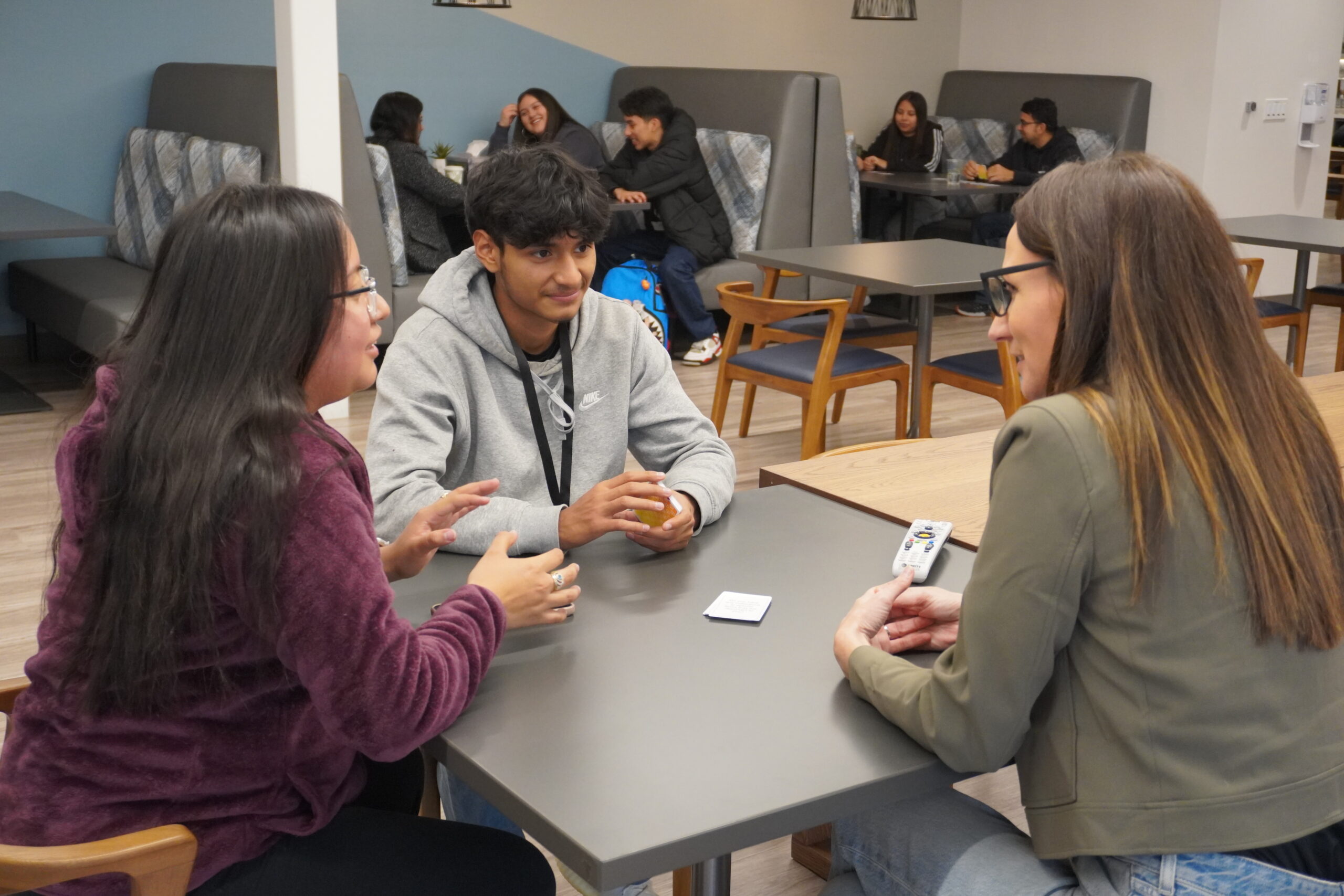August 1, 2025
Categories:
Tags:
College Readiness: 5 Ways to Reduce College Costs
Boys & Girls’ college and career readiness programs support youth in planning for life after high school. Check out our five tips for navigating the cost of college.
If you’re planning to attend a college or university after graduating from high school, the truth is that higher education often comes at a high price.
According to the Education Data Initiative, the average annual cost of attending college in the United States is $38,270 per student. In addition to tuition, attendance costs can include your housing, meal plans, health insurance, textbooks and supplies, transportation, dorm furniture and decor.
At Boys & Girls Clubs, college and career readiness programs support youth in planning for life after high school. Boys & Girls Clubs of Silicon Valley’s career readiness program, equips teens with tools to navigate their post-secondary school options, including understanding financial aid and college costs.
Here, we’re sharing five of our tips for navigating college costs:

Demonstrate your initiative and ambition by getting involved at your school and in your community.
Getting into college doesn’t start your first day on campus – it starts with your high school career and how you dedicate your time. Get involved in extracurricular activities early on. Focusing on a few key school clubs or teams can showcase your leadership skills, long-term commitment, and willingness to take on progressive responsibility.
Extracurricular activities can also go a long way to improve your time management skills and overall academic performance. Additionally, you’ll benefit from experiencing a diversity of interests, gaining self-confidence and forging new friendships with fellow participants.
High school is also a great time to explore career paths that may interest you, which will help inform your college decisions. Some high schools may also offer dual credit or AP classes that can count towards a college credit.
For millions of teens, Boys & Girls Clubs are a partner in preparing for the transition to higher education. At your local Club, you’ll be able to take advantage of college and career readiness programs. You can explore potential careers through job shadowing and career fairs, while building essential skills to support your college readiness, application process and more.
When colleges and universities can clearly see that you intend to make a serious impact in your overall career journey, you can increase your likelihood of earning a merit-based scholarship from your prospective institution. Your community involvement may also lead to a local scholarship.
“When you think about a high school experience, I really threw myself into it. I built stages and sets for my school’s theatre productions, pole vaulted on the track and field team, participated in student government, and joined the robotics team.” – Kathie M., Club teen.

Research and apply for scholarships and grants.
Speaking of scholarships, there are billions of dollars in grants and scholarships made available each year by colleges, private organizations, state and federal government. While grants and scholarships may require you to meet certain criteria, the great news is that neither must be repaid.
Local organizations are also a great place to research scholarships closer to home. You can check with your high school guidance counselor to learn more about scholarships from local employers, churches or social organizations.
Boys & Girls Clubs support outstanding teens with scholarships, recognizing efforts in community involvement and leadership, academic success and more. Boys & Girls Clubs of Silicon Valley’s teen recognition program, Youth of the Year, awards scholarships locally and nationally to support teens’ college education.

Begin your studies at a junior or community college.
Junior or community colleges primarily offer two-year degree programs which can earn students an associate degree or professional certificate in certain areas of study. Accredited community colleges may also serve as “feeder” institutions into traditional four-year state colleges and universities and can offer transferable general education classes at much lower costs.
To determine if this strategy will work for you, contact the four-year school in which you are interested to learn if your desired study program will accept junior college transfer credits.

Choose an in-state or tuition-free college to attend.
There are many excellent programs available at universities that are not prestige schools charging prestige prices. Furthermore, if you are a student with a high grade-point average you may gain more merit-based scholarships — or even a full ride — at other institutions.
In-state tuition is often a major benefit, where colleges and universities offer discounted tuition rates to state residents. They may also do the same based on certain criteria such as pursuit of a specific area of study. Therefore, when considering prospective college programs, you’ll want to check to see if that program offers any specialized tuition or financial aid perks.
Finally, there are several tuition-free colleges throughout the United States. These institutions often have certain stipulations for attendance such as residence in a certain state or region, on-campus work responsibilities, or service commitments following graduation.

Earn while you learn.
Approximately 3,400 colleges and universities throughout the United States offer part-time employment opportunities to students with financial need. Full-time, part-time, undergraduate, graduate and professional students are all eligible for the Federal Work-Study Program (FWS) and may contact their prospective school’s financial aid office to confirm the school’s participation. Remember, it’s required to complete the FAFSA each year to be eligible for the FWS.
FWS jobs are primarily related to your study program and civic education professions. These positions may occur on campus at your school or off campus with a private nonprofit organization, public agency or for-profit employer. Earnings will depend on your vocation, skillset and ultimately your total work-study award. Again, you’ll want to touch base with your school’s financial aid office to learn more.
Armed with the right information and research, teens can navigate the cost of college and make decisions to ensure a great future.

Making a Successful Transition from High School to College Begins Here!
Boys & Girls Clubs of Silicon Valley supports today’s young people in thriving academically while building essential skills for college and career.







